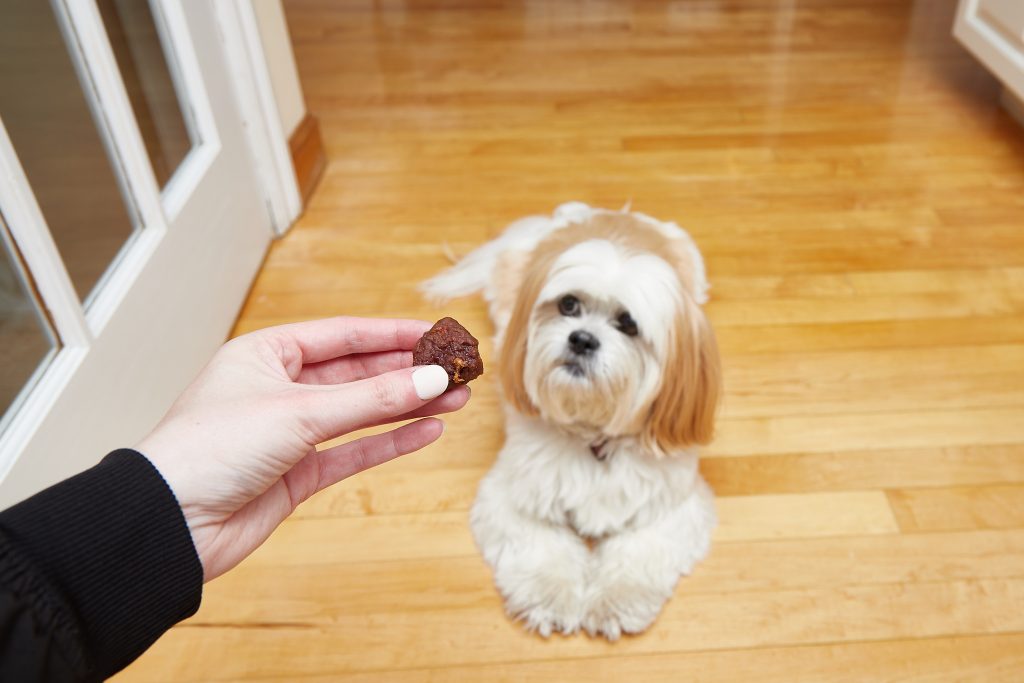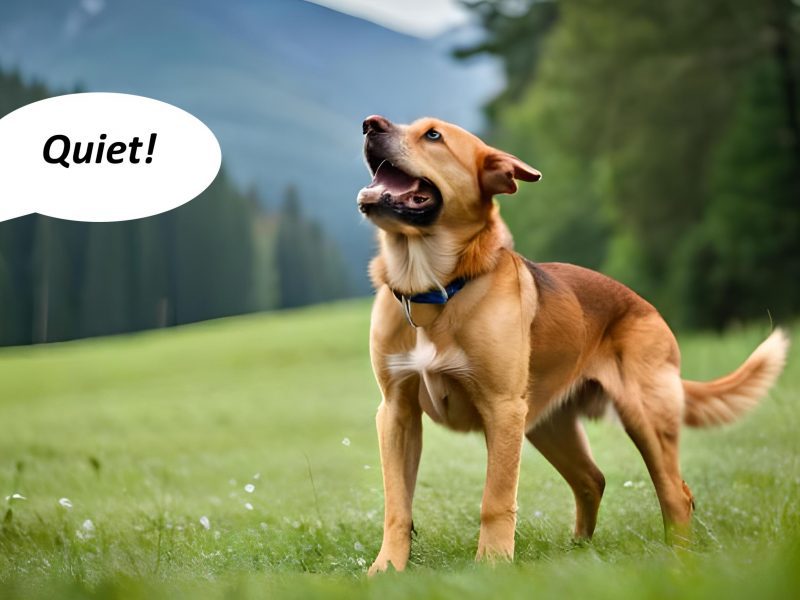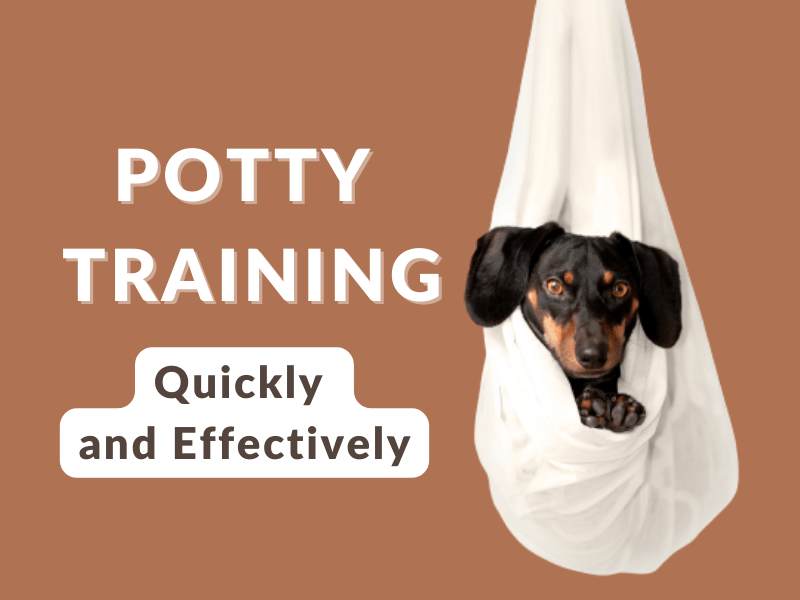You can have a pet training program with your pet for many reasons. You might want to curb an animal’s destructive behavior like chewing furniture or clawing. If you want to control him in social situations. You would need to teach your pet tricks. The animal will be able to benefit from both the mental exercise and the attention that you give. Positive reinforcement is the best form of pet training.
The Positive Reinforcement
Positive reinforcement is a method of rewarding your pet for good behavior, and not punishing them for bad behaviors. Small food treats are often combined with praise. Animals learn to associate positive outcomes with certain actions and become more eager to do them again.
Your pet has probably been trained through positive reinforcement, even if you don’t know it. When a cat or dog scratches at the door, they associate scratching with going outside. This behavior is reinforced every time they are let out.
Identify Action
Before you begin a formal training session, it is important to identify the exact action that you want your pet perform. Also, think of a command word or cue word that will trigger the action. Simple cue words, such as “come” or “stay”, are easier for your pet to understand and to remember.
Your pet should immediately respond to your command by giving verbal praise and then a treat. It is important to be consistent and fast. You can’t teach a dog to sit if you wait until he’s standing up again before rewarding him. He won’t be able to identify which action to associate the positive response with.
Use a simple command such as “off” to teach your pet how to get up from the sofa or bed. You can give your pet a treat if she is still sitting on the sofa or bed. Hold your pet’s hand and say “off” loudly. Then gently push it to the ground. Give her the treat and immediately praise her. Repeat this process every time she sits where it isn’t allowed. She will eventually jump from the furniture when you ask her to, even if you don’t push.
Reduce The Reward
When an animal is able to respond to the cue word with the correct action, you can gradually reduce the reward but still let the animal know that you are happy. Dogs love verbal praise and physical affection, such as a scratch on their ears. This is often all they need after training. Many cats and birds are also attracted to their owners and will perform without any food reward.
Both the teacher and the student must be patient when training pets. There will be bad days as well. If your pet is tired or distracted, stop training them. Do not punish or scold your pet for poor performance. Your animal will associate negative consequences with the cue word. You and your pet should find training enjoyable.



